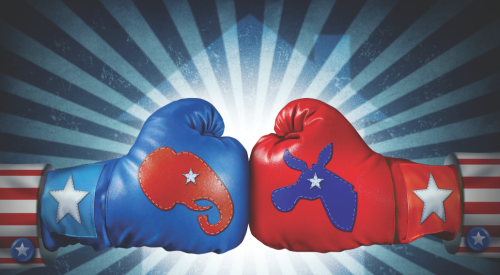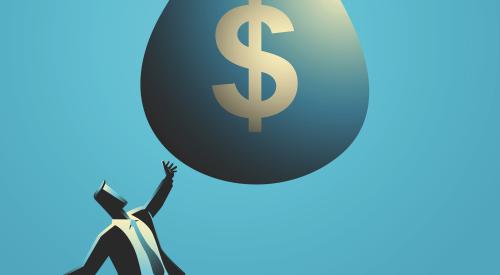Competition is good. It breeds innovation. Advancements in technology have consistently been made from a company trying to stay one step ahead of its rival. Without Steve Jobs and Bill Gates going at it like a couple of heavyweight fighters, we might be living in a world that still uses the Zune. But, as Sherwin-Williams just proved, sometimes the best thing to do isn’t to continue to compete with a rival, but to buy them outright.
Sherwin-Williams has just purchased its rival, Valspar, for $9.3 billion. If this deal is completed, would expand and strengthen Sherwin-Williams’ reach outside of the United States and Canada. Additionally, it will also bring new product lines into the fray, such as coatings for food and industrial coils, for Sherwin-Williams.
Combined, the companies reported $15.6 billion in sales in 2015. That total is just ahead of the $15.3 billion total of PPG Industries and just behind Akzo Nobels’s total of $16.5 billion.
Within about four years, the company expects this deal to yield up to $320 million in annual cost savings.
If the government were to require more than $650 million of business divestitures in Valspar’s 2015 revenues, the price of the deal would drop to $105 per share, as opposed to the $113 it is at currently. The transaction would cause Sherwin-Williams’s credit rating to be downgraded from A2 since it would involve borrowing and using cash on hand, but the company does not expect to have trouble maintaining an investment-grade rating.
The deal should be closed by next March.











